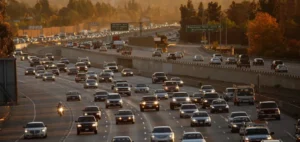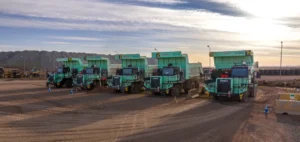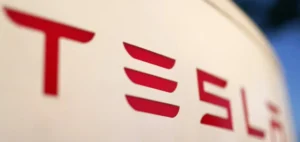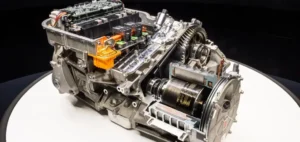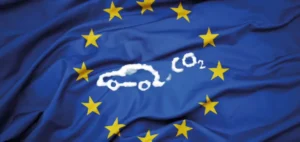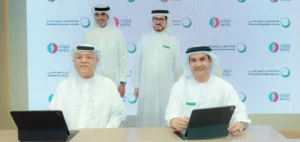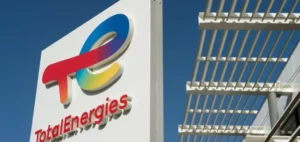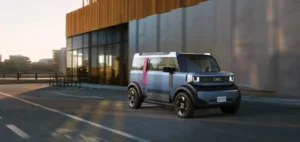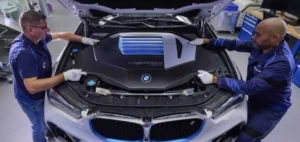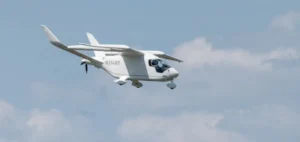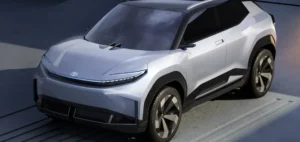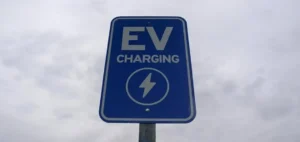The White House, under the Biden administration, recently unveiled a series of new fuel economy standards, aimed at reducing greenhouse gas emissions and promoting the adoption of electric vehicles (EVs). These new standards, announced by the US Department of Transportation (DOT), provide for a gradual increase in fuel consumption requirements for various types of vehicle until 2035.
New fuel consumption standards
The new Corporate Average Fuel Economy (CAFE) standards require a 2% annual increase in fuel efficiency for passenger cars and light trucks for the 2027-2031 model years. For heavy trucks and vans, the increase will be 10% per year for the model years 2030-2032, and 8% per year for 2033-2035. These measures are expected to reduce fuel consumption by 70 billion gallons by 2050, and prevent more than 710 million tons of carbon dioxide emissions. U.S. Transportation Secretary Pete Buttigieg pointed out that these standards will save Americans more than $600 in fuel costs over the life of their vehicles, while reducing pollution and lessening dependence on imported oil.
Coordination with EPA
The DOT has worked closely with the Environmental Protection Agency (EPA) to align these new standards with recent EPA rules on vehicle emissions. Under these rules, automakers can comply by increasing sales of electric vehicles, which emit no carbon dioxide through the tailpipe. Ali Zaidi, White House National Climate Advisor, said the standards are part of a comprehensive “whole of government” approach to tackling the climate crisis, supported by federal investment in tax credits for electric vehicle purchases and charging infrastructure. At the same time, the hybrid electric vehicle (PHEV) market is experiencing significant growth in the United States. According to S&P Global Commodity Insights, sales of PHEVs rose by 50% year-on-year in the first quarter of 2024, while sales of battery electric vehicles (BEVs) increased by just 5%. This growth is attributed to the flexibility of PHEVs, which offer a smoother transition for consumers concerned about range and charging infrastructure. Suzanne Massingue, low-carbon transportation analyst at Commodity Insights, said PHEVs are a viable option for those looking to move away from internal combustion engine vehicles.
Market challenges and opportunities
Despite this progress, the electric vehicle market still faces significant challenges, including the high cost of EVs compared with internal combustion vehicles, high inflation and supply chain tensions. Government subsidies, such as those provided under the Inflation Reduction Act (IRA), play a crucial role in narrowing the price gap. Tesla, for example, has accelerated the launch of its new range of less expensive electric vehicles in response to current market conditions. Other manufacturers, such as Mercedes-Benz, are promoting PHEVs to meet consumer expectations.
Outlook and Infrastructure Development
Battery infrastructure development in North America continues to grow, supported by investments in the battery metals supply chain. Companies like Sayona Mining and Ioneer are advancing their lithium production projects in Quebec and Nevada, respectively. Honda also plans to build several facilities in Ontario for the production of electric vehicles and batteries by 2028. These developments indicate positive momentum for the future of electric and hybrid vehicles, with significant implications for the battery metals supply chain in North America. The Biden administration’s new fuel economy standards and the growth in sales of hybrid electric vehicles show a continuing transition to greener mobility in the United States. Although challenges remain, investments and strategies by automakers and battery metal suppliers are supporting a move towards lower emissions and less dependence on fossil fuels.





